June 10, 2025
Powering America’s Future, Protecting Its Past: The Story of California Flats Solar-plus-Storage
Discover how Arevon’s California Flats project is helping preserve a historic 73,000-acre working ranch, while supporting America’s growing energy needs.

For more than a century and a half, the Hearst family has raised cattle along California’s Central Coast. Their ranching tradition continues today on two expansive properties: the 83,000-acre Hearst Ranch in San Simeon and the 73,000-acre Jack Ranch near Cholame.
The Jack Ranch, acquired by the Hearst Corporation in 1965, has deep roots stretching back to 1869. It remains a productive cattle operation, home to a well-managed, free-range herd of 2,500 that graze across its rolling oak-dotted hills. Through thoughtful stewardship — and a partnership that supports both land preservation and energy production — the ranch continues to thrive while helping power an American energy future.
Spread across nearly 3,000 acres of the Jack Ranch, Arevon’s California Flats Solar-plus-Storage Project is an innovative example of dual land use. Solar panels and battery storage systems operate seamlessly within the working landscape, where cattle still graze and traditional ranching practices remain intact. Importantly, the land was not sold — Hearst still owns it, and once the lease agreement ends, they retain full flexibility to use it as they choose.
The project stands as a powerful proof point that renewable energy development doesn’t have to come at the expense of working lands — and can, in fact, help preserve them.
A Legacy Preserved: The Economic Lifeline of the Jack Ranch
The revenue generated from Arevon’s California Flats Solar-plus-Storage Project has provided a crucial financial lifeline for the Jack Ranch, alleviating pressures for more intensive and permanent development — or sale of land. This sustainable income stream has helped keep the Jack Ranch financially viable, allowing it to continue operating as a working cattle ranch.
Hearst Corporation’s Director of Agricultural Operations, Ben Higgins, explains how the project has helped safeguard the future of the Jack Ranch — ensuring that it remains productive, protected, and family-operated for generations to come.
Responsible Energy Development: The Harmony Among Renewable Energy, Agriculture, and Wildlife
At California Flats, renewable energy and land stewardship go hand in hand. The project reflects an ongoing commitment — from both Arevon and the Hearst Ranch team — to ensure that energy generation supports, rather than disrupts, the ranch’s agricultural operations and natural environment. Through thoughtful planning and continued collaboration, California Flats serves as a working model of how utility-scale energy infrastructure can align with long-term land conservation and ranching traditions.
Coexistence With Ranching and Agriculture
The addition of energy infrastructure hasn’t changed the Jack Ranch’s identity as a working cattle operation — it’s enhanced it. As part of the lease agreement, California Flats was required to build new water infrastructure for the property — a significant improvement that supports livestock health and grazing efficiency. Ranch employees also collaborated closely with project teams to redesign pasture fencing and implement the new water systems, ensuring smooth cattle movement across the land. Because of these upgrades, the Hearst team anticipates that the ranch’s overall carrying capacity will be maintained — or even increased — despite the small portion of acreage now used for solar.
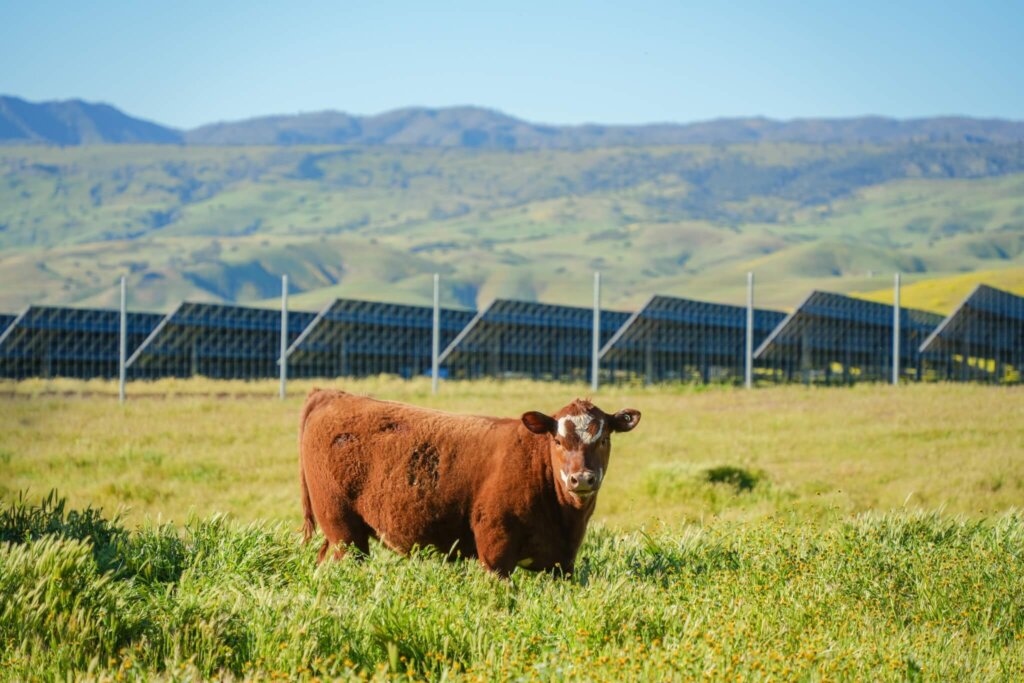
While cattle continue to graze the broader ranch, sheep are now an active part of operations inside the solar array. This practice, known as solar grazing, uses livestock to control vegetation under and around the panels — minimizing the need for mechanical mowing or chemical herbicides. But the benefits go beyond maintenance. As the sheep graze, they naturally fertilize the soil and cycle nutrients back into the land, improving soil health and supporting native plant growth. Studies have shown that managed grazing can also increase carbon storage in the soil and promote biodiversity by fostering healthier, more resilient ecosystems. And while solar grazing is a practical solution for land management, it also contributes to the revival of the American sheep industry — once a backbone of U.S. agriculture, now a fraction of its former size.
“Solar projects like California Flats are a perfect match for sheep grazing,” said Phillip Esnoz, a third-generation sheep farmer who grazes his sizeable flock at California Flats. “The panels provide shade and shelter, and in return, our sheep manage the vegetation in a sustainable way that improves the soil and supports the local ecosystem. It’s a win-win. It means a lot to carry on the work my father took over from my grandfather back in 1954 — he loved his sheep and improving the land, and so do we. Grazing on solar land keeps our flock fed and productive, and the lamb and wool we raise are helping to feed and clothe Americans. It’s made a meaningful difference for our operation and our family, and I’m grateful for my wife Denise and our son Joseph who have been essential to keeping the operation running strong.”
Phillip Esnoz currently serves as President of the California Wool Growers Association, helping advance the future of the state’s sheep and wool industry.
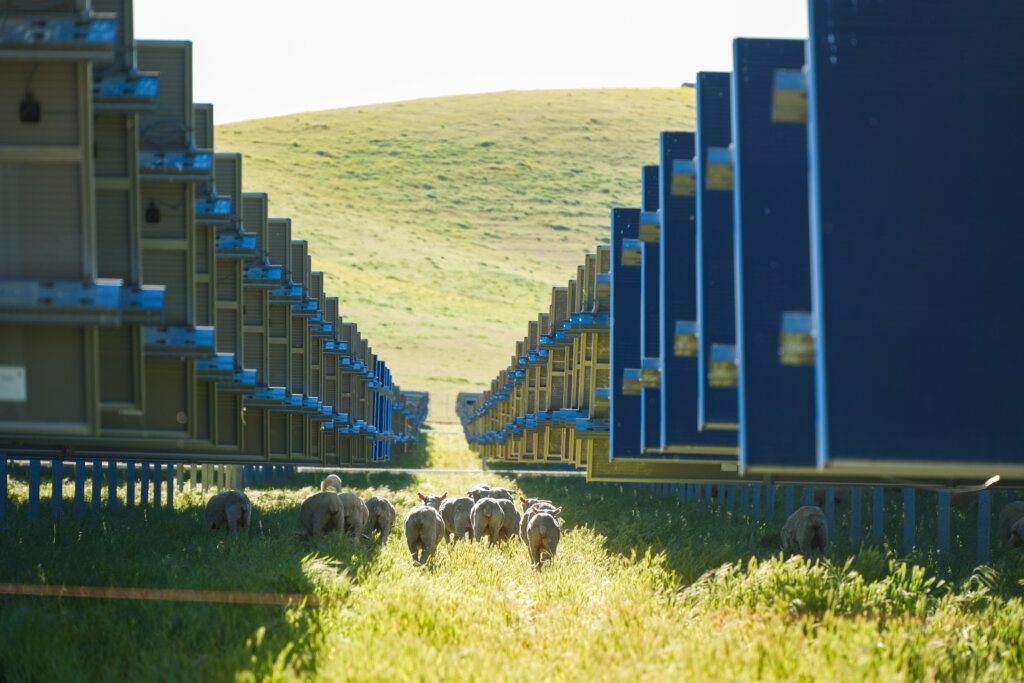
Environmental Stewardship and Wildlife Protection
From the start, California Flats was developed with a strong focus on protecting the land, water, and wildlife that make the Jack Ranch unique. Long-term conservation efforts were shaped through extensive collaboration with leading environmental organizations — including Audubon California, California Native Plant Society, the Center for Biological Diversity, Defenders of Wildlife, and the Sierra Club. These partnerships helped guide project design and ensure the surrounding ecosystem would be cared for over the life of the project and beyond.
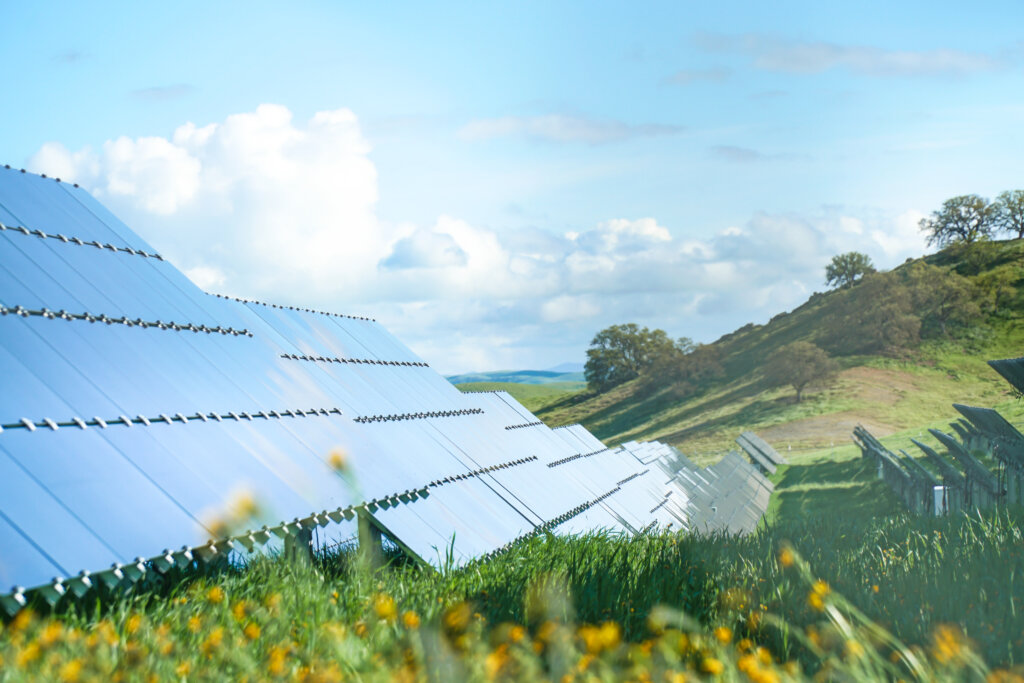
The result is a set of meaningful, science-based conservation measures that enhance habitat connectivity, preserve sensitive landscapes, and protect the region’s most vulnerable species:
- Cottonwood Creek Preservation: Cottonwood Creek, a year-round stream and breeding habitat for the threatened California red-legged frog, has been permanently protected.
- 1,070-acre conservation easement: a conservation easement on 1,070 acres of the Jack Ranch now provides permanent protection for native grasslands and designated critical habitat for California tiger salamanders and California red-legged frogs.
- 7,300 acres of conservation through a $10.5 million fund: as part of the project’s long-term environmental strategy, California Flats contributed $10.5 million to an independently managed fund overseen by the California Rangeland Trust. These funds have enabled the protection of 7,300 acres of additional habitat that supports species such as San Joaquin kit foxes, golden eagles, burrowing owls, and rare native plants. The fund also includes endowments to reimburse Hearst for ongoing management activities that support wildlife conservation.
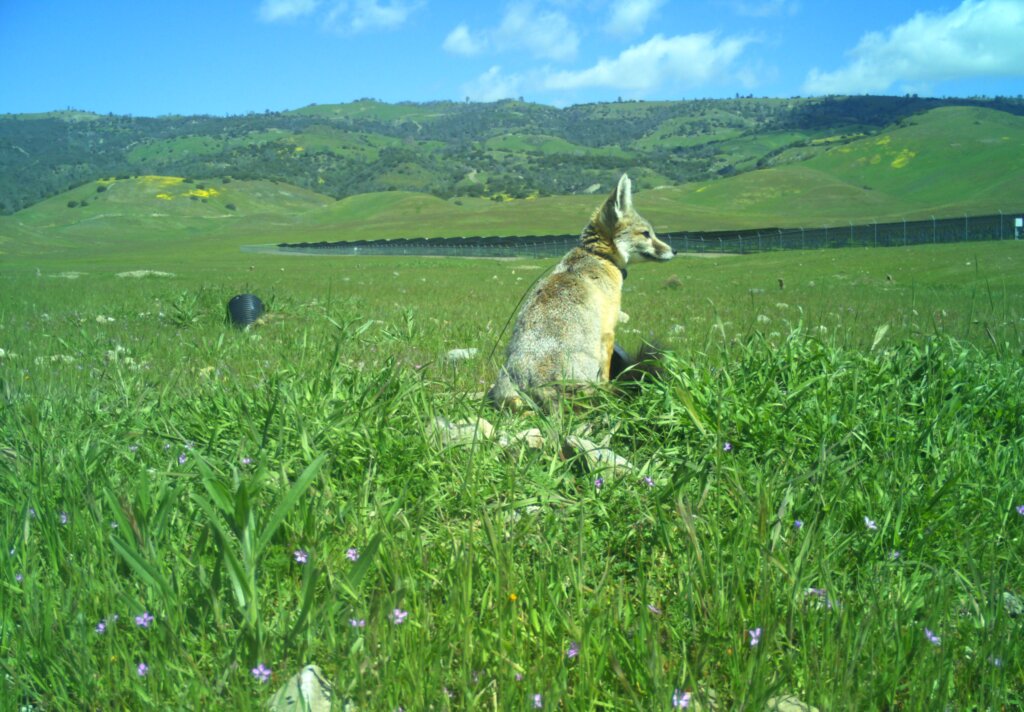
Additionally, vegetation planted around and beneath the solar panels was selected with biodiversity in mind — providing ground cover that supports both sheep grazing and native species habitat. This thoughtful integration of agriculture and ecology reflects a broader vision: a land stewardship model where renewable energy, working landscapes, and conservation go hand in hand.
Real Results: Thriving Habitats and Resilient Landscapes
Environmental consulting firm Althouse and Meade, Inc. plays a key role in advancing wildlife protection and habitat stewardship at California Flats. Working in partnership with Arevon, Hearst Corporation, and other project stakeholders, they help carry out a shared commitment to fostering resilient local habitats alongside renewable energy development. Since the project became operational, their work has helped ensure that the site is more than just a source of energy — it’s a living landscape — vibrant, dynamic, and ecologically rich. Let’s take a deeper look at what that looks like on the ground.
Native California grassland vegetation now thrives beneath the solar panels, established with locally sourced species that bring seasonal color and biodiversity to the landscape. Each spring, golden blooms of needle goldfields and tidy tips paint the landscape in vibrant yellow, while delicate purple phacelia and miniature lupines ripple across the grasslands — drawing in native pollinators and adding life and color beneath the panels.
This curated mix of wildflowers and grasses not only enhances biodiversity but also improves land health. Palatable forbs provide seasonal forage for a managed flock of approximately 4,400 sheep, which can be seen munching their way across the site — naturally trimming vegetation while keeping the ecosystem in balance and suppressing invasive species. Grazing is carefully timed to maintain low vegetation height, protecting and enhancing habitat for San Joaquin kit foxes, which actively use the site.
In riparian areas, more than 600 red willows planted along Cottonwood Creek have grown to heights of four to 20 feet, creating a shady canopy that now stretches across the corridor. Canopy cover has increased by more than 50% in five years — offering cool shelter and nesting grounds for the California red-legged frog and dozens of local and migratory bird species.
To bolster monarch butterfly populations, drought-tolerant narrow-leaf milkweed was seeded as part of riparian restoration efforts. Deep-rooted native bunch grasses, including nodding needlegrass and one-sided bluegrass, help stabilize soil and prevent erosion.
Onsite native seed collection and plant translocation techniques have extended wetland areas and improved function on protected lands. Harvesting seed from local sources ensures a strong ecological fit — boosting plant establishment rates and enhancing long-term resilience. Salt-tolerant species like alkali heath and bush seepweed were among those used to reclaim previously degraded areas.
Wildlife protections are a cornerstone of the project. Efforts include 43 artificial dens and 29 escape dens to support the San Joaquin kit foxes, while motion-triggered cameras and no-work buffer zones help minimize disturbances to active dens. Annual monitoring of nearby eagle nests helps prevent disruption during nesting season. Though no California tiger salamanders have been seen on-site, observations in surrounding conservation lands continue to inform ongoing habitat protections.
Greg Salas, Associate Principal at Althouse and Meade, Inc. and a passionate biologist for more than a decade, shares his perspective on the project’s environmental commitments and why he views it as a model for how energy development and conservation can successfully work hand in hand — having both witnessed the landscape evolve and helped shape it into a thriving habitat.
Powering America’s Energy Future
A strong energy future for the United States depends on having reliable, affordable, and secure power — and utility-scale solar and energy storage are playing an increasingly important role in making that happen. These technologies strengthen the electrical grid, reduce the risk of blackouts and brownouts, and provide dependable domestic energy without the long construction timelines of traditional power plants or reliance on foreign imported fuel.
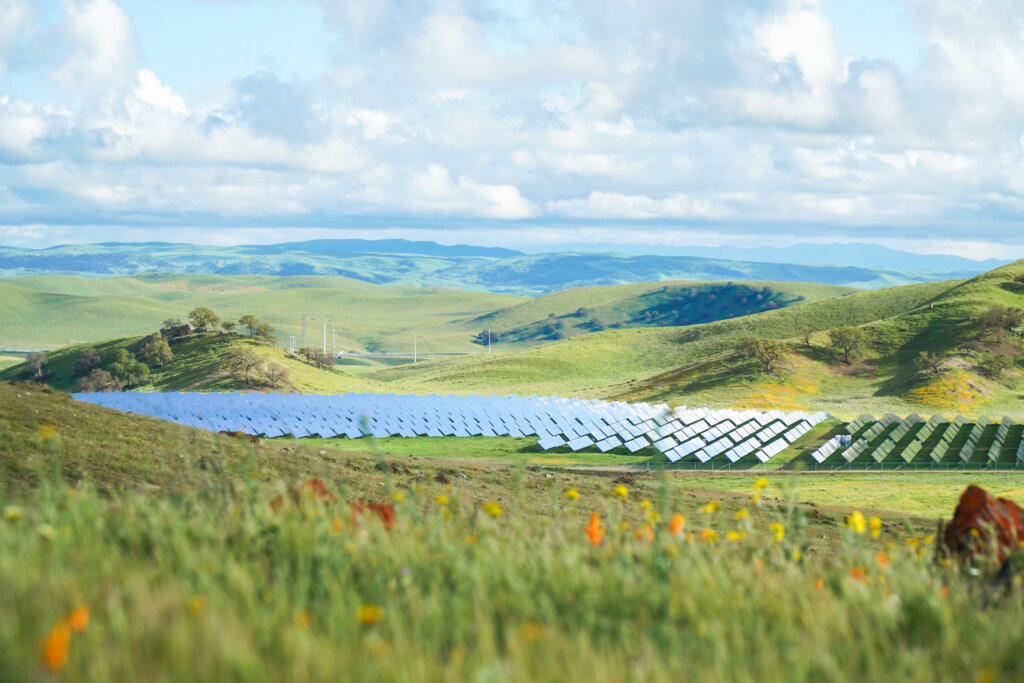
As energy demand surges — driven in part by data center growth and the rise of artificial intelligence — speed and scalability matter more than ever. In 2024, more than 90% of new U.S. electrical generating capacity came from renewable sources, with solar accounting for more than 81%. It was the single largest annual increase by any energy source in the past two decades, helping meet new demand quickly and cost-effectively.
Projects like California Flats are delivering the infrastructure America needs. With 374 megawatts dc (MWdc)/280 megawatts ac (MWac) of solar generation and 240 megawatt-hours (MWh) of battery energy storage, California Flats produces enough electricity to power the equivalent of more than 113,000 California homes annually — while helping prevent service interruptions during periods of high demand. The battery energy storage system, which went online in 2021, allows the site to store energy during peak solar hours and feed it back into the grid when it’s most needed, increasing both reliability and flexibility.
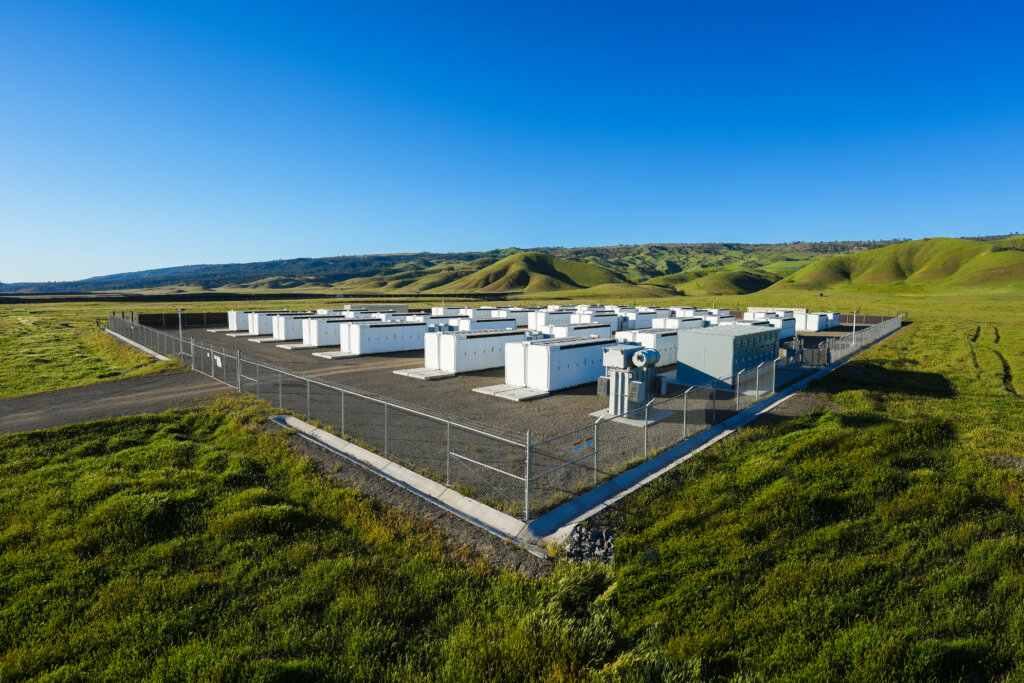
The project was completed in two phases: the first 173 MWdc came online in late 2017, followed by another 201 MWdc in 2019. Energy from the site is purchased through long-term contracts with Apple and Pacific Gas and Electric Company (PG&E), one of California’s largest utility companies. Apple uses its share to power corporate facilities and retail stores in California, while PG&E delivers its share into the broader California grid.
By combining large-scale energy generation with battery storage, California Flats is helping build a more resilient power system — one that’s prepared to meet rising demand while protecting California homes and businesses from costly outages.
California Flats underscores the lasting impact of utility-scale solar plus storage — not just as a power source, but as a long-term investment in energy security and infrastructure resilience.
Legacy, Land, and Long-Term Value
The story of California Flats is about more than energy — it’s about stewardship, partnership, and preserving what matters. By working together, Arevon and the Hearst team have shown that land can serve multiple purposes without compromising its heritage. A portion of the Jack Ranch now produces dependable, domestic energy for California homes and businesses — while the land remains intact, the cattle still graze, and vital habitats are protected for future generations.
With smart planning, the right partnerships, and respect for the land, projects like California Flats can deliver long-term value that extends far beyond power generation. They can help working landscapes stay productive. They can support rural economies. And they can ensure that places like the Jack Ranch continue to thrive — today and tomorrow.
This is just one example of how Arevon is delivering responsible energy solutions — for people, land, and legacy. Learn more about our commitment to sustainability.
An American Energy Story Rooted in Land, Legacy, and Livestock

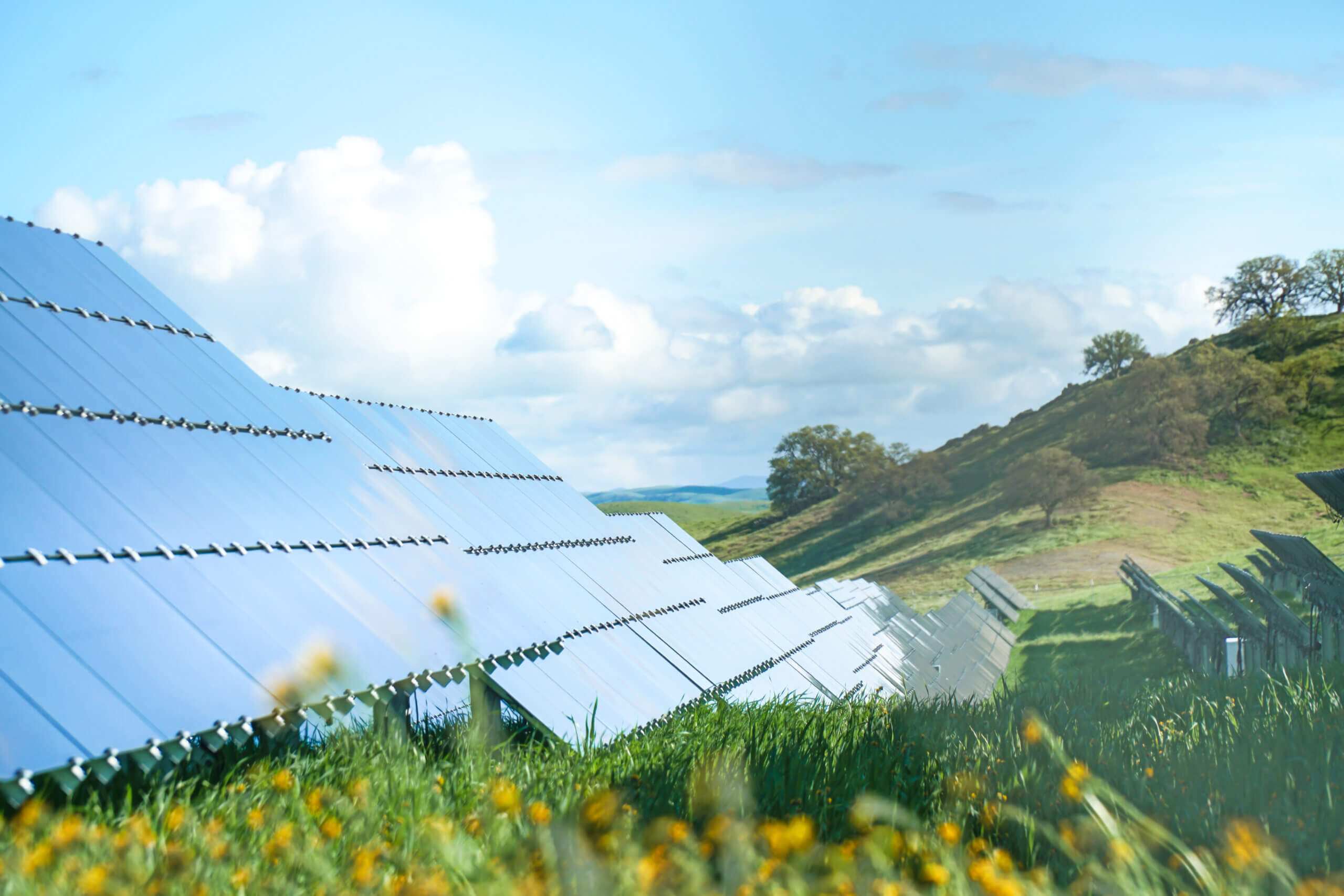
groups including Audubon California, California Native Plant Society, Center for Biological Diversity, Defenders of Wildlife, and the Sierra Club.
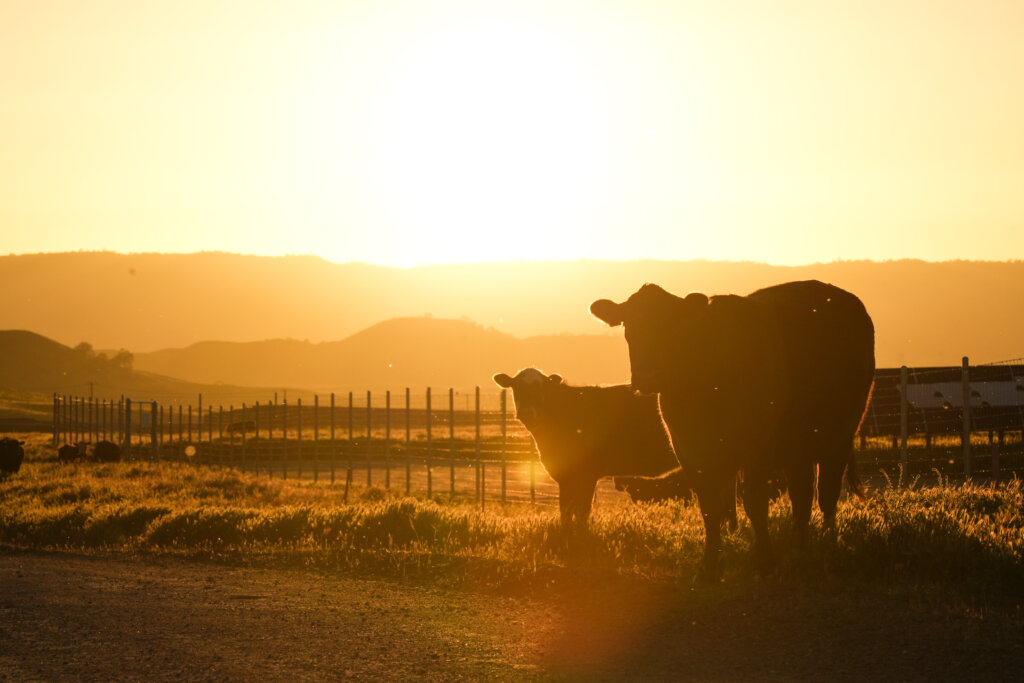
continues to thrive. Solar panels and battery storage systems operate seamlessly within this working landscape, where traditional ranching flourishes.

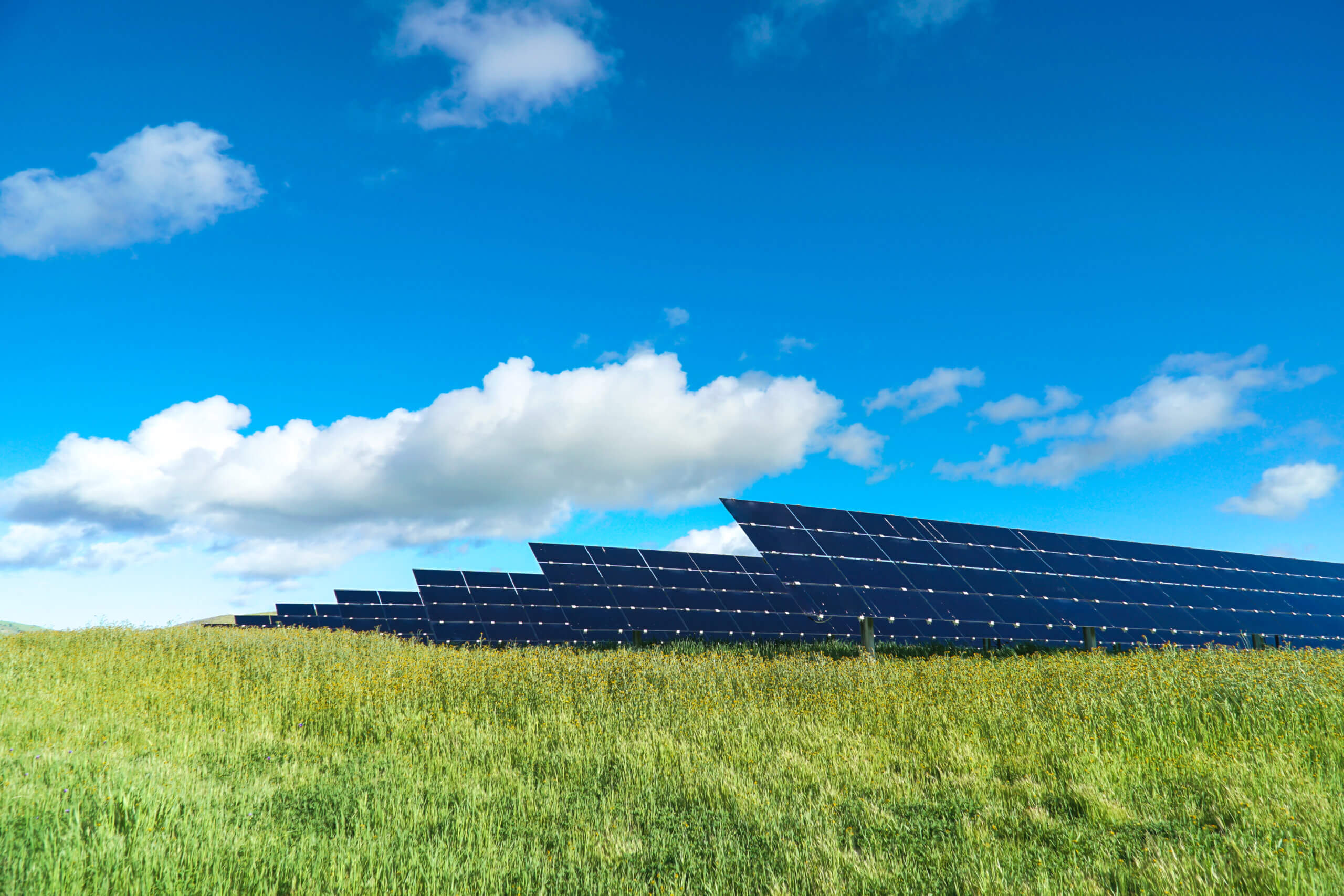
panels, offering seasonal forage for about 4,400 sheep,
which can be seen munching their way across the site.
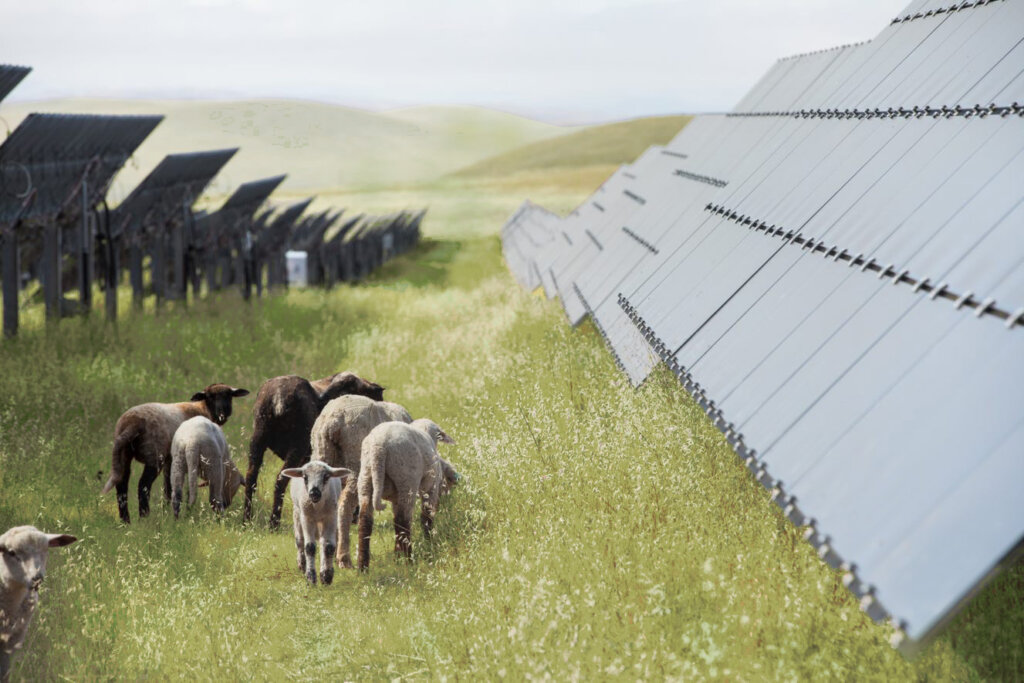
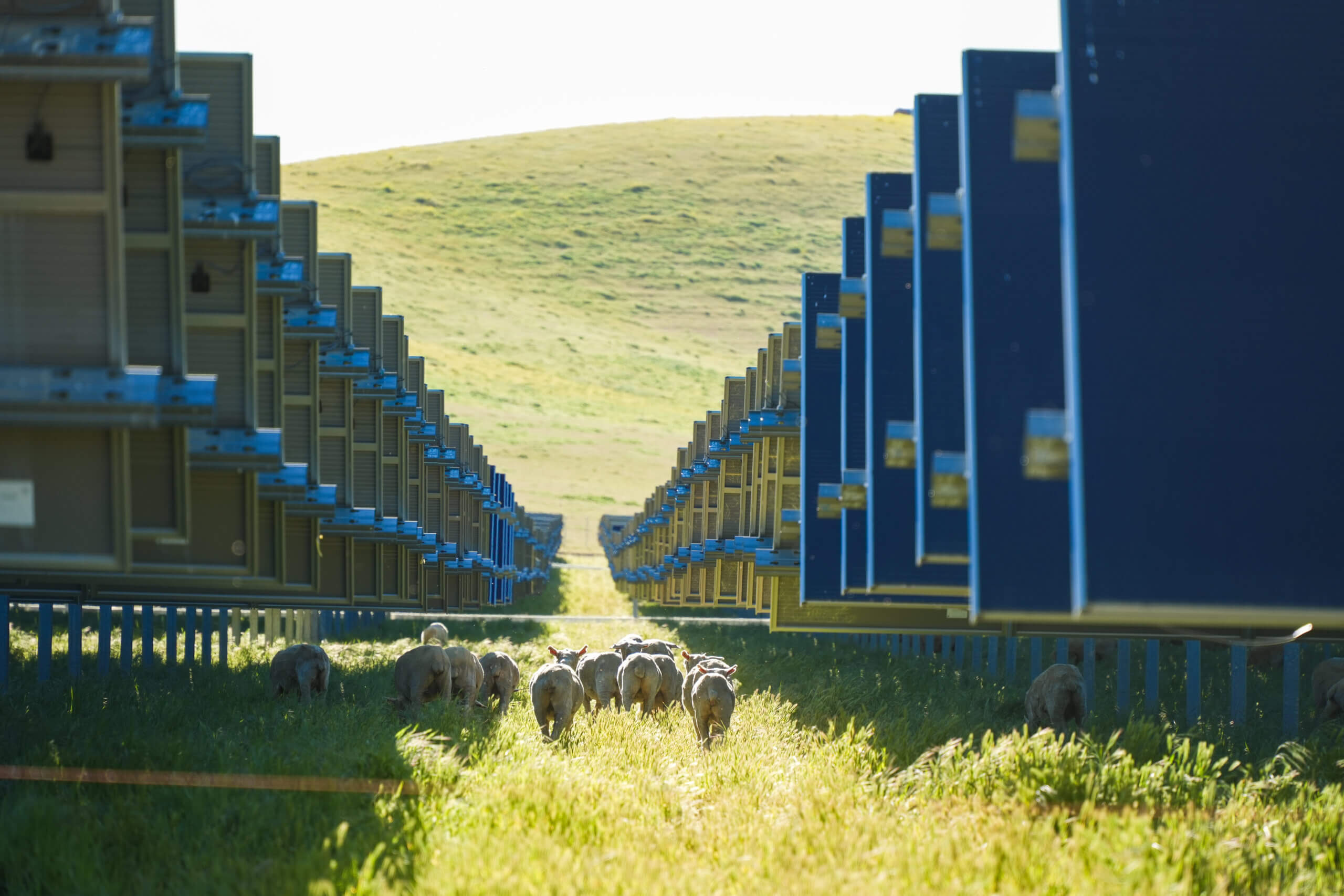
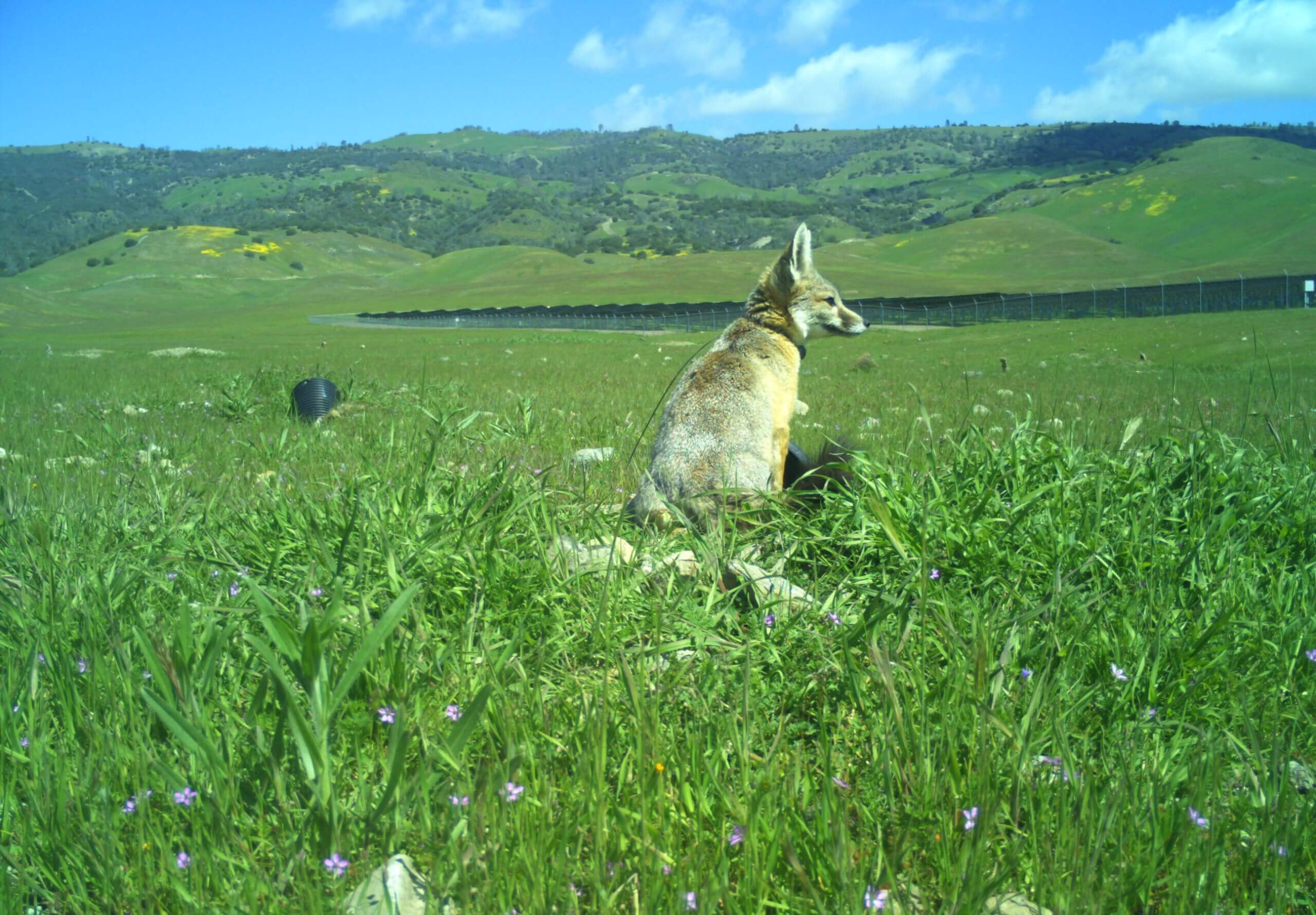
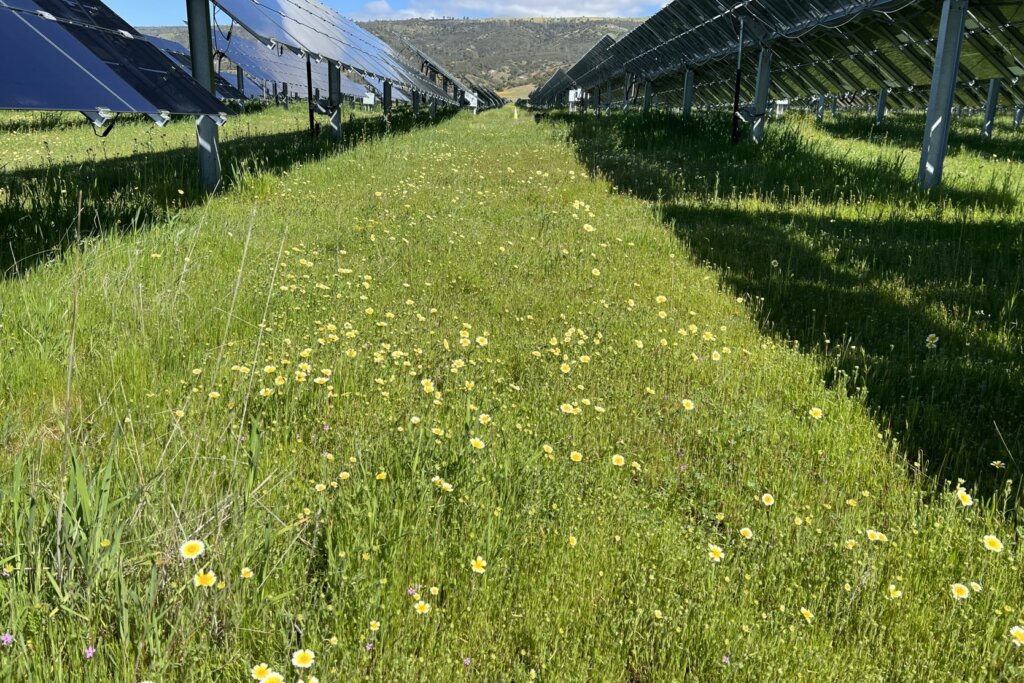
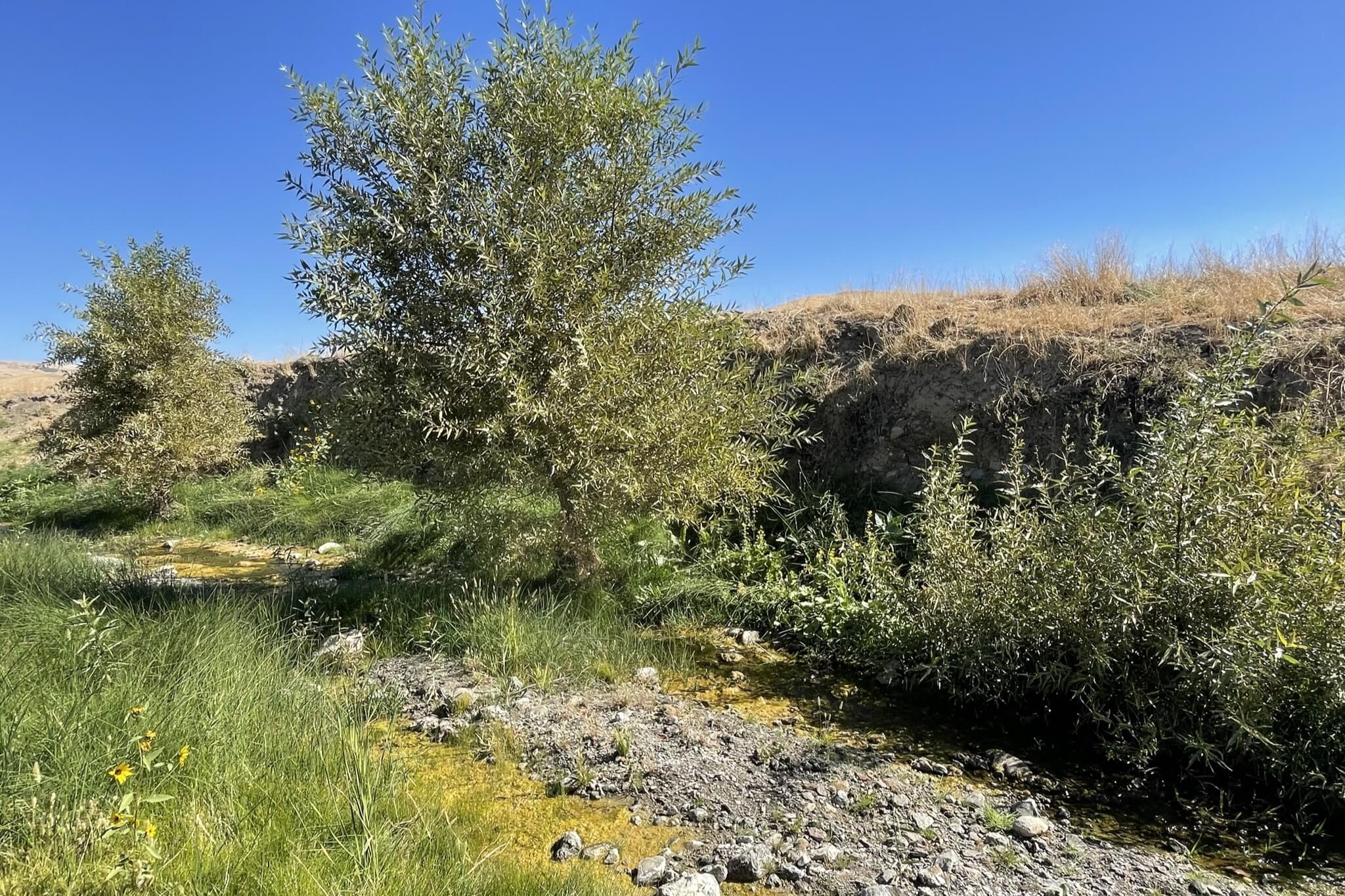
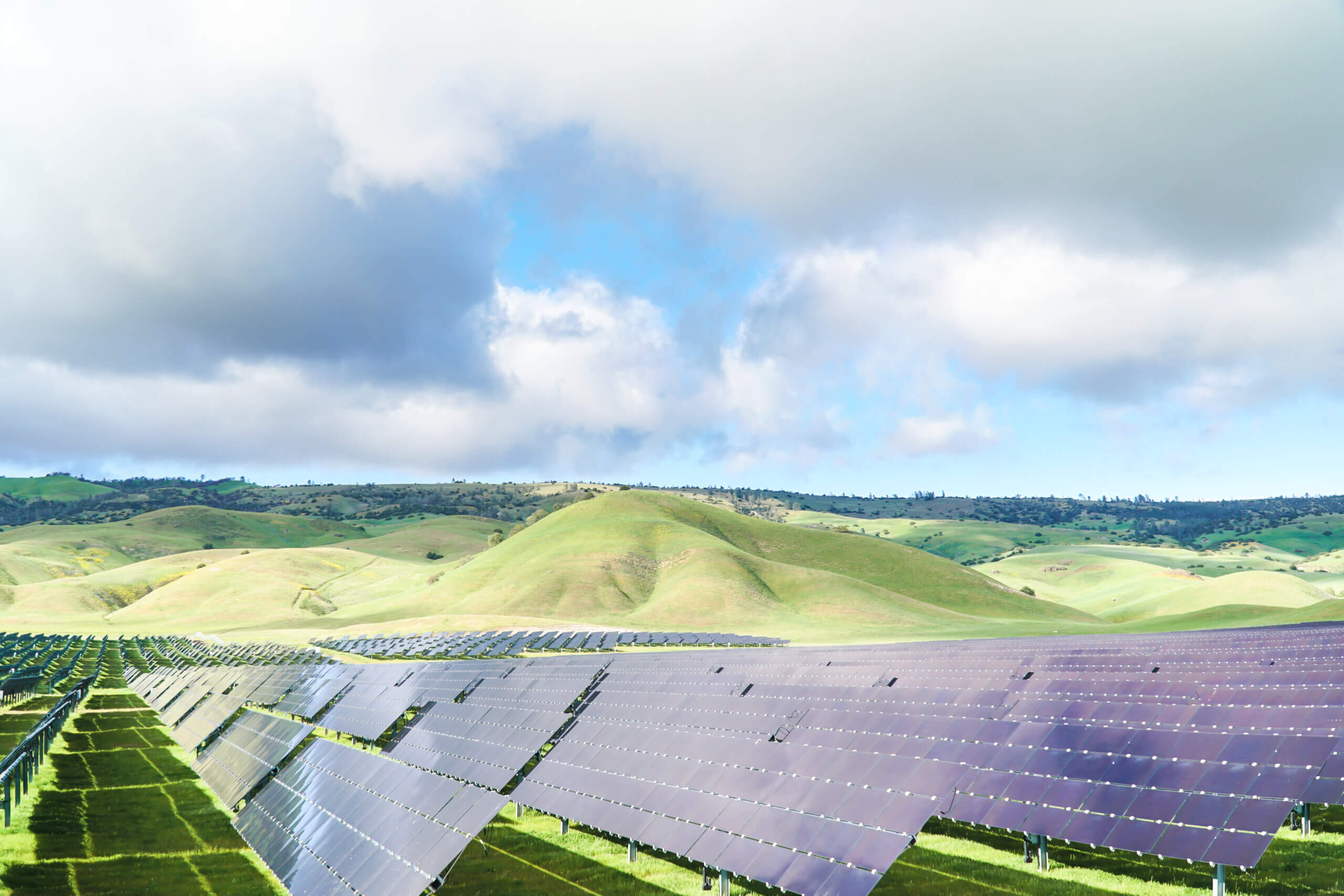
Rangeland Trust. These funds enable the protection of 7,300 additional acres —safeguarding habitats for species such as San Joaquin kit foxes, golden eagles, burrowing owls, and rare native plants.
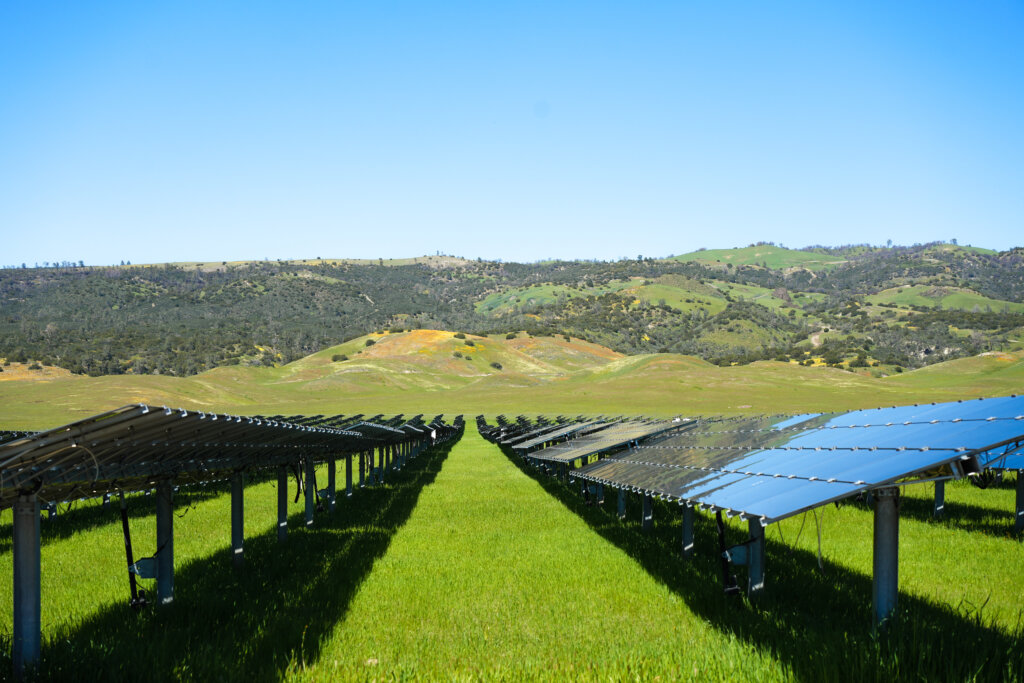
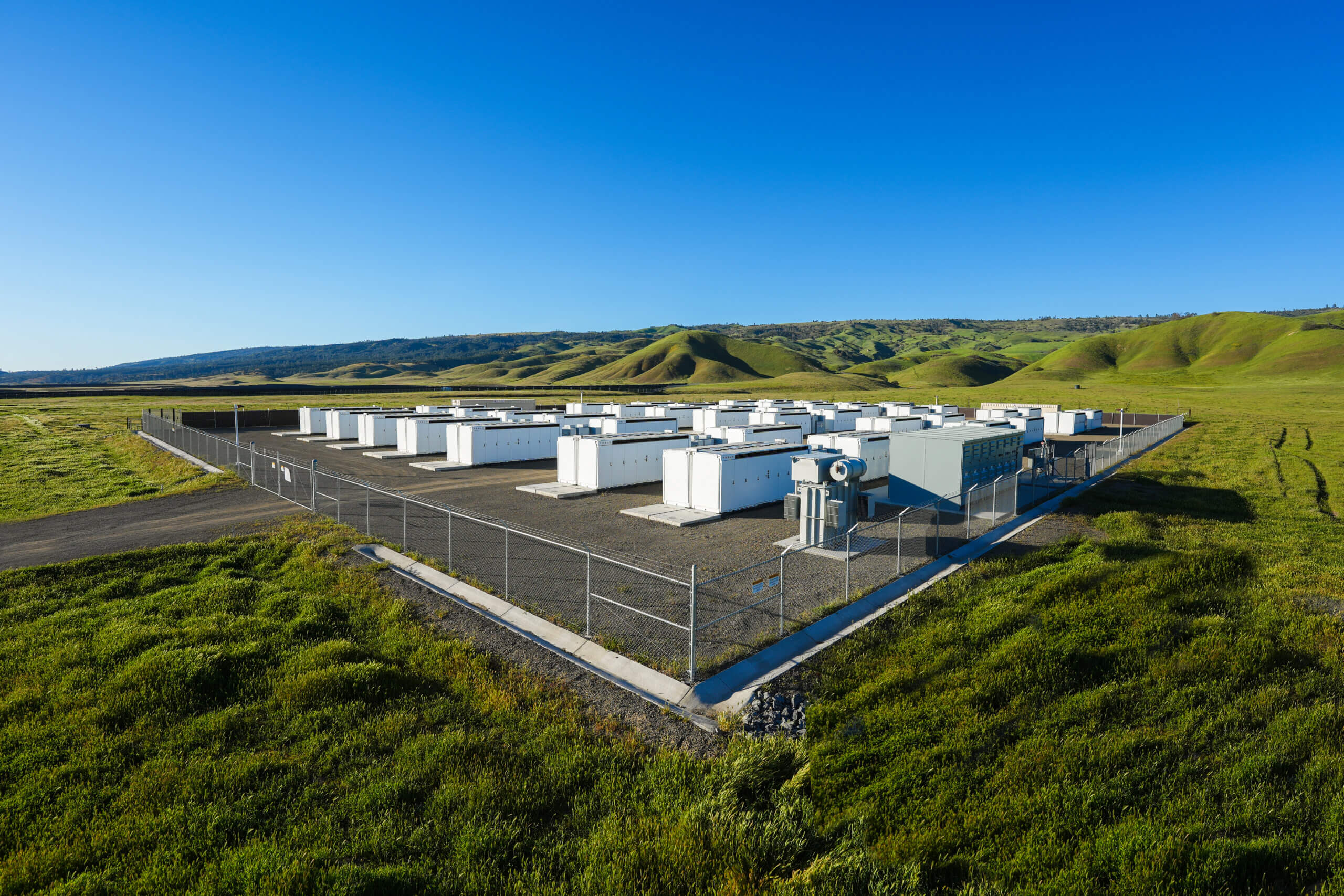
system, online since 2021, stores energy during peak
solar hours and dispatches it when needed most — helping prevent power outages and strengthen grid reliability.
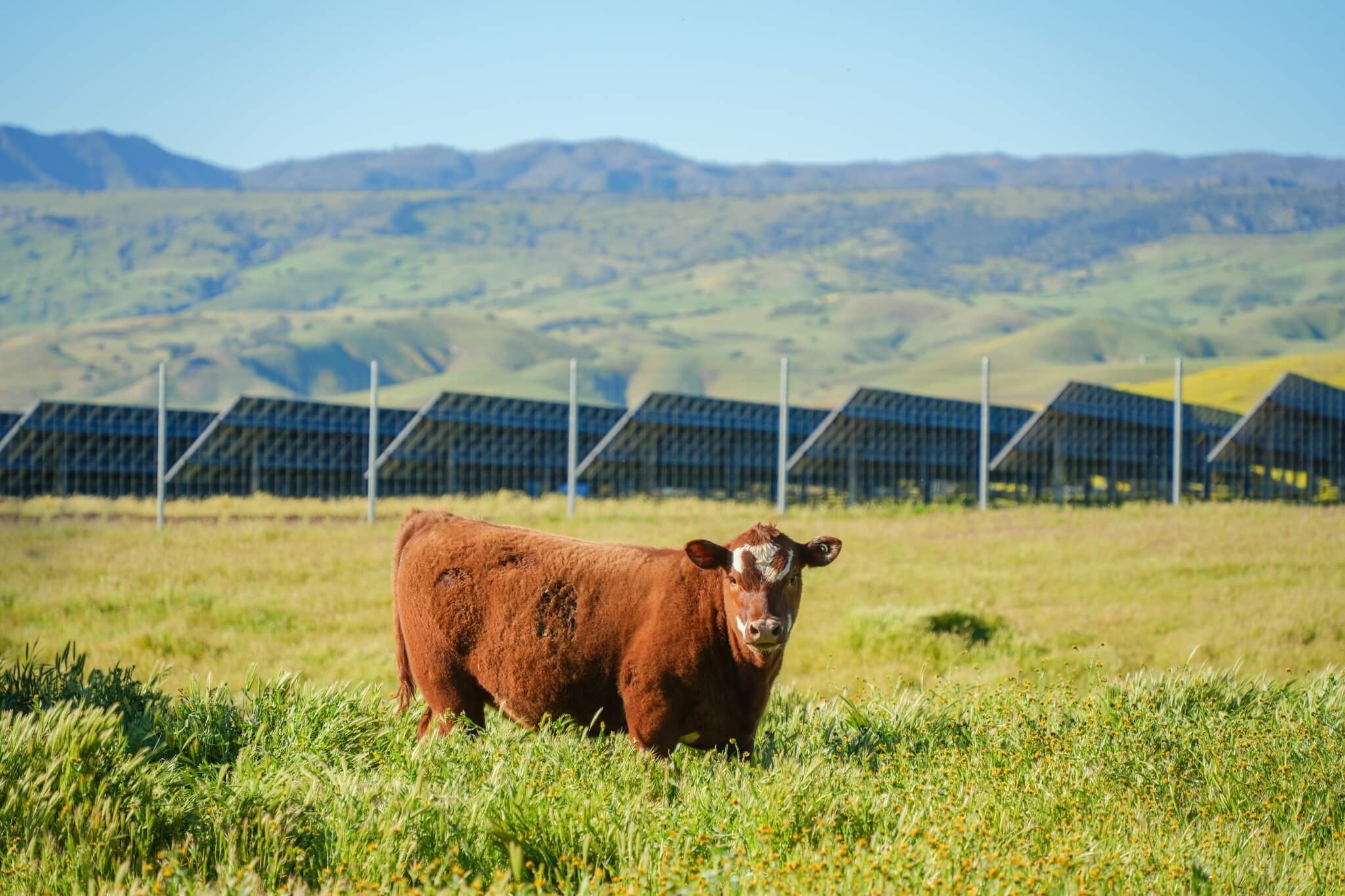
their partners have shown what’s possible when energy, agriculture, and conservation work hand in hand. Today, a portion of Jack Ranch powers California with dependable,
domestic energy — while its heritage and habitats are preserved for generations to come.



